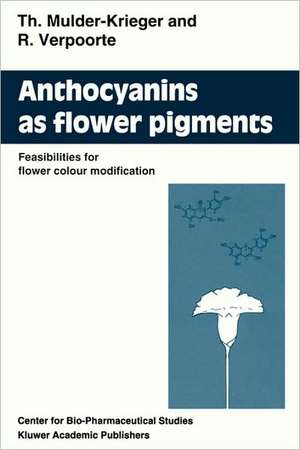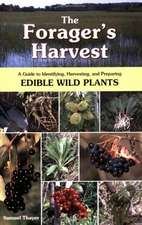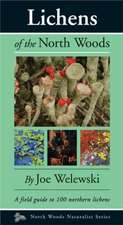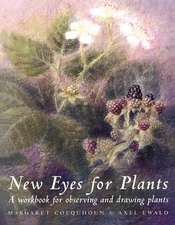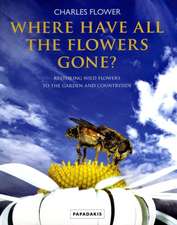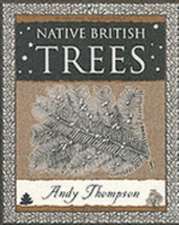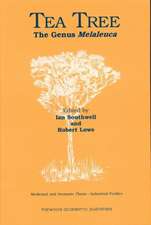Anthocyanins as Flower Pigments: Feasibilities for flower colour modification
Autor T. Mulder-Krieger, Robert Verpoorteen Limba Engleză Paperback – 31 ian 1994
Preț: 374.46 lei
Nou
Puncte Express: 562
Preț estimativ în valută:
71.70€ • 74.66$ • 59.49£
71.70€ • 74.66$ • 59.49£
Carte tipărită la comandă
Livrare economică 14-28 februarie
Preluare comenzi: 021 569.72.76
Specificații
ISBN-13: 9780792324652
ISBN-10: 079232465X
Pagini: 164
Ilustrații: 164 p. 2 illus.
Dimensiuni: 155 x 235 x 9 mm
Greutate: 0.25 kg
Ediția:Softcover reprint of the original 1st ed. 1994
Editura: SPRINGER NETHERLANDS
Colecția Springer
Locul publicării:Dordrecht, Netherlands
ISBN-10: 079232465X
Pagini: 164
Ilustrații: 164 p. 2 illus.
Dimensiuni: 155 x 235 x 9 mm
Greutate: 0.25 kg
Ediția:Softcover reprint of the original 1st ed. 1994
Editura: SPRINGER NETHERLANDS
Colecția Springer
Locul publicării:Dordrecht, Netherlands
Public țintă
ResearchCuprins
I Plant Pigments.- I.1 General introduction.- I.2 Various flavonoid classes.- I.3 Chemistry of anthocyani(di)ns.- II Methods to Change Characteristics of Plants.- II.1 General introduction.- II.2 Classical breeding.- II.3 Mutagenesis.- II.4 Fusion of protoplasts.- II.5 Recombinant DNA technology/genetic engineering.- III Biosynthesis of the Various Flavonoid Classes.- III.1 General introduction.- III.2 Origin of flavonoid precursors.- III.3 Enzymology of the general phenylpropanoid metabolism.- III.4 Formation of the various flavonoid classes.- III.5 Reactions leading to modifications of flavonoids.- III.6 Regulation of the flavonoid biosynthesis.- III.7 Biosynthesis site.- IV Genes Controlling Flavonoid Biosynthesis.- IV.1 General introduction.- IV.2 Genes controlling flavonoid biosynthesis in flowers of various plants.- IV.3 Cloned genes involved in the biosynthesis of flavonoids.- V Flower Colour.- V.l General introduction.- V.2 Contribution of flavonoids (especially anthocyanins) to flower colours.- V.3 Flower industry in the Netherlands.- VI Modification of Flower Colour.- VI.1 General introduction.- VI.2 Modification by classical methods.- VI.3 Modification by recombinant DNA techniques.- VII Summary and Conclusions.- VII.1 Plant pigments.- VII.2 Methods to change characteristics of plants.- VII.3 Biosynthesis of the various flavonoid classes.- VII.4 Genes controlling flavonoid biosynthesis.- VII.5 Flower colour.- VII.6 Modification of flower colour.- VII.7 Conclusions.- VIII References.
